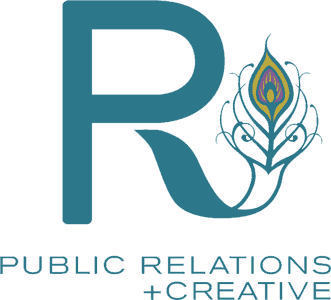
This year, the collective elephant in the room for every marketing and PR team is COVID-19. Whether it’s affecting your organization through closures, restrictions, lack of demand, supply chain delays, or any other avenues, it’s something we all need to address. But, most of us aren’t exactly sure how. We can help with crisis communication tips that can be applied now or to any unanticipated situation that can affect your brand reputation.
What is Crisis Communication?
It may sound ominous, but in general, crisis communication is simply your strategic approach in responding to any unanticipated event that could disrupt your organization’s operations and/or cause potential harm to your brand reputation such as:
- Product recalls
- Customer injuries
- Employee misconduct
- Security breaches
- Natural disasters
And unfortunately, we can now add pandemic to the list.
Crisis Communication in Action
With the speed in which news travels today—as well as its reach—how you communicate during a crisis can dramatically impact your reputation—good or bad.
Here are some examples of misses in crisis communication:
- Samsung’s response to its fire-prone Galaxy Note 7
- Facebook’s response to its 2018 data breach
On the other hand, these organizations got it right:
- P&G’s response to the Tide Pod Challenge
- KFC’s response when it actually ran out of chicken
R Crisis Communication Playbook
When you have a crisis on your hands, you’re likely asking what should you be saying, how should you say it, who should you say it to, and via which channel(s)? It can get overwhelming pretty quickly so the first thing to do is take a deep breath and then:
Assess the Situation – There are a couple of layers on this one. From a broader perspective assess the type of crisis you’re dealing with, as a product recall will certainly dictate a different response than a pandemic. Then, take a look at all your currently scheduled campaigns as well as social media to see if they are still right for the current situation in voice, tone, and messaging. Don’t forget imagery too! Considering COVID-19 specifically, you don’t want to show people too close together for example. And with emotions so high right now, perhaps shift your message from an overt product focus to more of a human focus that’s empathetic and helpful.
Respond Quickly – To control the narrative for your brand as best you can, quick action is a must. Also, consider your channels. For example, if safety concerns about your product are reported on social media first then respond there first. Expand to other channels quickly thereafter and communicate often with updates. Next, once you’ve assessed your campaigns, quickly stop any that may be perceived as insensitive to the situation. Even with campaigns you continue, consider how often you email and/or post. Too much push marketing can be seen as intrusive (and self-serving) in times of crisis.
Be Transparent – As you saw in the examples of misses above, any attempt to withhold information— whether real or perceived—will be disastrous for your brand. If the crisis is a situation in which your organization is at fault; acknowledge what happened, accept responsibility, apologize, and clearly communicate how you will move forward. Importantly, if the crisis resulted in injury, put the victim’s pain and frustration first. And avoid placing blame right off the bat. It can also be helpful to put yourself in the shoes of your audience and/or victims of the crisis to think about what you would want to know and how you would want it communicated.
Be Consistent – Not only in message but also across channels. Keep in mind that in most cases you’ll have different audiences in which you need to communicate. You’ll need to carefully craft messages that are still consistent, yet specifically speak to their concerns. Using COVID-19 as an example, if you’re a restaurant whose business hours have been restricted this will impact employees and customers. While it’s inconvenient for customers it’s potentially devastating to the livelihood of your employees, so the tone needs to be appropriate although the general message of restricted hours is the same. And consider the best way to get that message across. Social media and on-premise signage may work for customers, but would be highly inappropriate for employees.
Monitor Sentiment – Make sure to keep a close eye not only on national and local news outlets during a crisis but also on what your customers are saying on social media. And don’t forget to respond, on-message of course! Track your campaigns carefully as well. If your crisis communication approach is working, great! But still remain vigilant. If it’s not, go back to the beginning and reassess to see how you might tweak to improve communications going forward. Another option here might be to enlist the help of supporters such as brand ambassadors to create some positive influence.
Schedule a FREE 15 min Discovery Call to share your biggest communication challenge during COVID-19 or any crisis situation for your organization, and we’ll offer tips to keep your brand’s reputation intact.

